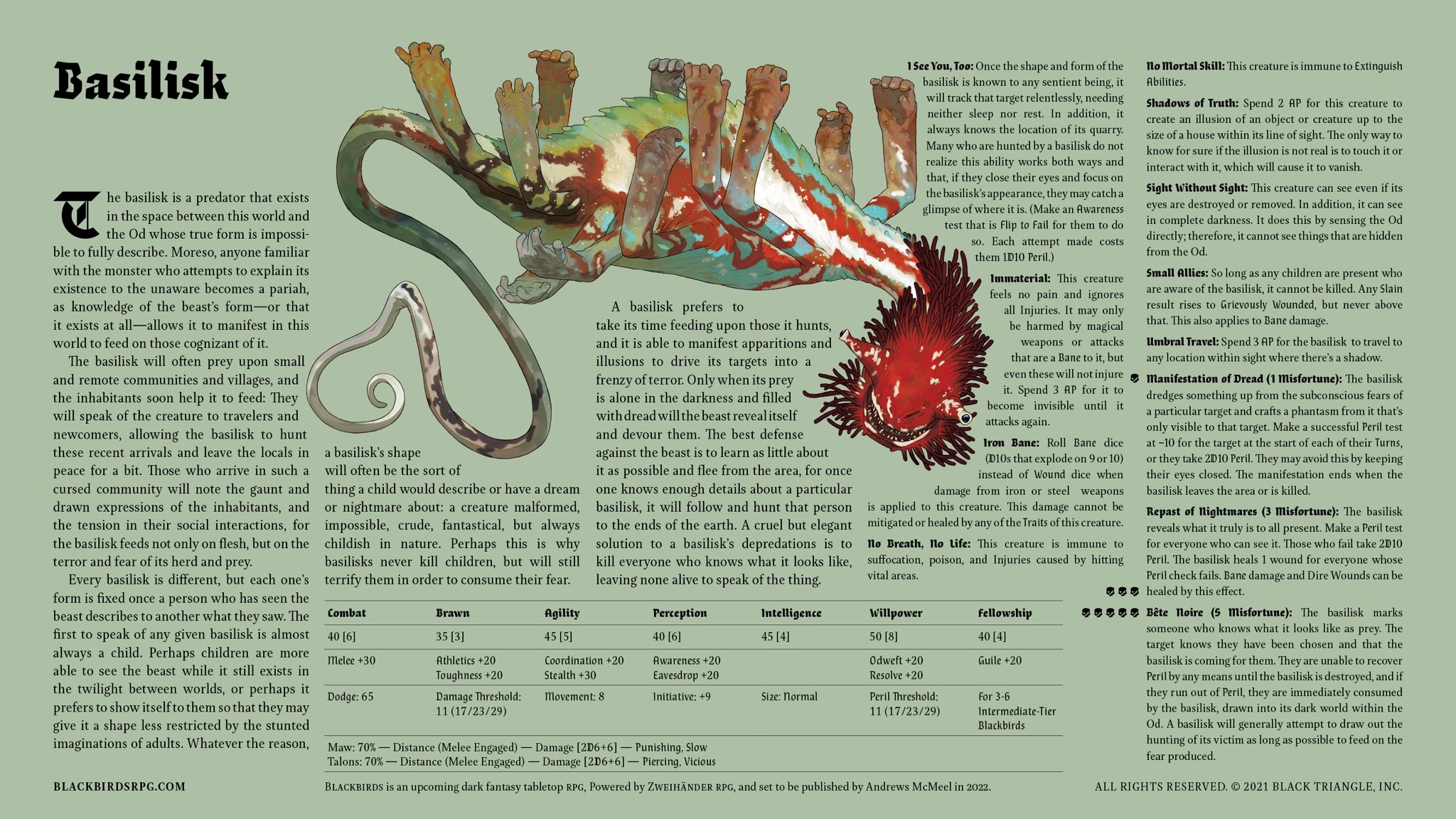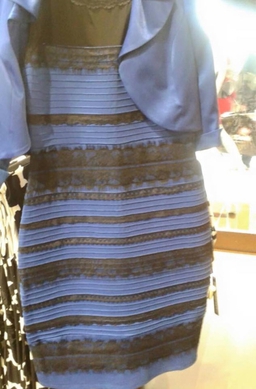What they are:
https://en.wikipedia.org/wiki/Tulpa
https://en.wikipedia.org/wiki/Egregore
What they do:
- Inhibits or elicits emotion
- only moves when not percieved by a sense (e.g. sight, hearing, smell)
- Adds or removes a sense or ability (e.g. speaking a language)
- cannot be percieved with a certain sense
- cannot be percieved as doing certain things, will be percieved as doing something else
- knows about who knows of it, or those who reference it
- manifests to those who know of it, or whenever it is referenced
- Antimemetic; causes itself to be forgotten
- causes other unrelated memories to be forgotten or fabricated
- inserts itself into unrelated memories
- Alters related or unrelated memories
- causes itself to be percieved as having a certain relationship to the observer (e.g your child, your mortal enemy)
- Believes that it is something or someone
- Causes itself to be perceived as a certain thing or person
- Causes observers to feel a certain way about it
- Causes belief in an untrue thing or disbelief in a true thing (e.g. I’m trapped, I can fly)
- can only be refered to in a certain way (e.g. 1st person, in limrick)
- Blends distinct objects or concepts into a hybrid form, both materially and semantically
- Causes objects or people to lose their semantic identity and adopt a new one, either imposed from a template or derived from nearby entities.
- Causes an inability to distinguish between two or more concepts
- Causes an inability to distinguish between two or more senses
- Embodies a concept as understood by the observer
- spreads by taking over words and the concepts tied to them. When it absorbs a word, it also consumes the shared understanding of what that word means in human thought.
- Can read minds or memories
- Can only be perceived indirectly
- Manifests as different entities to different observers simultaneously.
- Shifts its traits depending on how it's defined
- Traps attention—once perceived, it cannot be ignored
- acts inversely to how observers perceive it
- Antisymbolic; dismantles social constructs (money, nation, law) and the human condition (beauty, family, enviable), rendering reality down into base truths — cease to be human, there is only a collection of meat and organs, there is only a mass of vibrating atoms without meaningful distinction from the oxygen and nitrogen atoms around them.
- Induces agnosia: inability to interpret sensations and hence to recognize things. Can be tied to a specific sense or be more general.
- Increases pareidolia: enhancement of a person's ability and tendency to recognise patterns and meaning within vague stimuli, such as seeing shapes in clouds and seeing faces in inanimate objects or abstract patterns
- Creates, removes or transfers subconscious habits
- Splits the mind, creates an alter ego, multiple personality disorder
- Adds or removes something from the id or superego
- Adds, removes or induces an anxiety, a fear, or a dread
- Hallucinatory fufilment of an anxiety, a fear, or a dread
- Controls the bodies of the sleeping, or forces the awake to watch fully aware as unwilling participants
- Causes seizures, coma, paralysis or some other directly debiliating, less psychological effect
Appearance:
- Fuligin: a hypothetical colour darker than black.
- Synaesthesia: stimulation of one sensory or cognitive pathway leads to involuntary experiences in a second sensory or cognitive pathway.
- Olo is a color discovered in April 2025 by a team of scientists at the University of California, Berkeley, that cannot be perceived with the naked eye. "Researchers used lasers to create stimulation in individual cone cells in the retina — leading to the perception of a completely new colour." It is claimed that #00FFCC, the hex color for turquoise, is the closest color to olo that screens can produce.
- Stygian colors: These are simultaneously dark and impossibly saturated. For example, to see "stygian blue": staring at bright yellow causes a dark blue afterimage, then on looking at black, the blue is seen as blue against the black, also as dark as the black. The color is not possible to achieve through normal vision, because the lack of incident light (in the black) prevents saturation of the blue/yellow chromatic signal (the blue appearance).
- Self-luminous colors: These mimic the effect of glowing material, even when viewed on a medium such as paper, which can only reflect and not emit its own light. For example, to see "self-luminous red": staring at green causes a red afterimage, then on looking at white, the red is seen against the white and may seem to be brighter than the white.
- Hyperbolic colors: These are impossibly highly saturated. For example, to see "hyperbolic orange": staring at bright cyan causes an orange afterimage, then on looking at orange, the resulting orange afterimage seen against the orange background may cause an orange color purer than the purest orange color that can be made by any normally seen light.
- Colors outside physical color space: In rare experimental conditions, observers reported seeing entirely new colours such as reddish-green and bluish-yellow—combinations normally thought impossible due to the brain’s opponent-process system. These colours were vivid yet indescribable, unlike any known hues, and sometimes appeared as one colour seen through another, creating a sense of transparency.
- Drifting: the texture, shape, and structure of objects appear to progressively warp, melt, or morph while being stared at, returning to normal once focus is shifted. It often includes effects like texture movement and visual trails. Subtypes include morphing (spontaneous, chaotic distortion), breathing (rhythmic expansion and contraction), melting (surfaces appearing to liquefy), and flowing (textures moving in a looped, fluid motion, especially on detailed surfaces like wood or fur).
- Chromatic aberration: colours on the edges of objects appear split into overlapping layers, typically red, green, and blue. This creates a distorted, fringed outline that makes the environment resemble the view through red-blue 3D glasses.
- Recursion: parts of the environment repeat themselves in a self-similar, fractal-like pattern. These repeating sections may appear to zoom in or out of the original image, creating a looping or layered visual.
- Symmetrical texture repetition: textures appear to mirror themselves repeatedly in intricate, symmetrical patterns. This repetition maintains its detail even when closely examined and is most noticeable in the peripheral vision, often on rough surfaces like grass, carpets, or bark. When staring at a fixed point, the patterns can grow more complex.
- Texture liquidation: texture, shape, and general structure of objects and scenery appear progressively simplified, smudged and stylized in such a way that one's external environment begins to take on the general appearance of a painting or cartoon.
- Visual twisting: a distortion where parts of the visual field appear to curl or spiral around a central point. May cause inability to resolve objects or have any sense of depth perception
- Cubism: subjects are deconstructed and reassembled into abstract forms, showing multiple viewpoints at once rather than a single perspective, combining various angles into one image.
- Children's drawings: typically characterised by bold lines, simple shapes, and vibrant colours. Visually, these artworks feature disproportionate figures, floating elements, and symbolic rather than realistic depiction.
- Letters: marks made to hold meaning, shapes repeated until they become familiar. They are lines and curves arranged with intention, their forms neither natural nor random, but entirely human.
- An earworm: a fragment of melody that loops endlessly in the mind, uninvited and persistent.
Sources of inspiration:
all of these are worth a look
https://en.wikipedia.org/wiki/Qualia
https://en.wikipedia.org/wiki/List_of_phobias
https://en.wikipedia.org/wiki/List_of_manias
https://en.wikipedia.org/wiki/List_of_mental_disorders
https://www.effectindex.com/effects/
https://www.effectindex.com/effects/drifting
https://simple.wikipedia.org/wiki/Olo
https://en.wikipedia.org/wiki/Impossible_color
https://en.wiktionary.org/wiki/fuligin
https://en.wikipedia.org/wiki/Absolute_Martian_Manhunter
https://rottenpulp.blogspot.com/2022/12/entity-06-excess-reality-squad.html
https://rottenpulp.blogspot.com/2023/01/entity-07-culture-vampire.html
https://rottenpulp.blogspot.com/2023/12/entity-009-lost-in-mall-machine.html
https://rottenpulp.blogspot.com/2025/05/entity-11-habit-former.html
https://wardagainstevil.com/2025/03/07/treat-illusions-as-you-would-any-other-lie-no-rolls/
https://scp-wiki.wikidot.com/scp-055
https://scp-wiki.wikidot.com/scp-091
https://scp-wiki.wikidot.com/scp-247
https://scp-wiki.wikidot.com/scp-400
https://scp-wiki.wikidot.com/scp-426
https://scp-wiki.wikidot.com/scp-444
https://scp-wiki.wikidot.com/scp-637
https://scp-wiki.wikidot.com/scp-1074
https://scp-wiki.wikidot.com/scp-1128
https://scp-wiki.wikidot.com/scp-1504
https://scp-wiki.wikidot.com/scp-1539
https://scp-wiki.wikidot.com/scp-2510
https://scp-wiki.wikidot.com/scp-2521
https://scp-wiki.wikidot.com/scp-2559
https://scp-wiki.wikidot.com/scp-3533
https://scp-wiki.wikidot.com/scp-3930
https://scp-wiki.wikidot.com/scp-5712




This is great, thanks for making it.
ReplyDeleteGlad you liked it
Delete